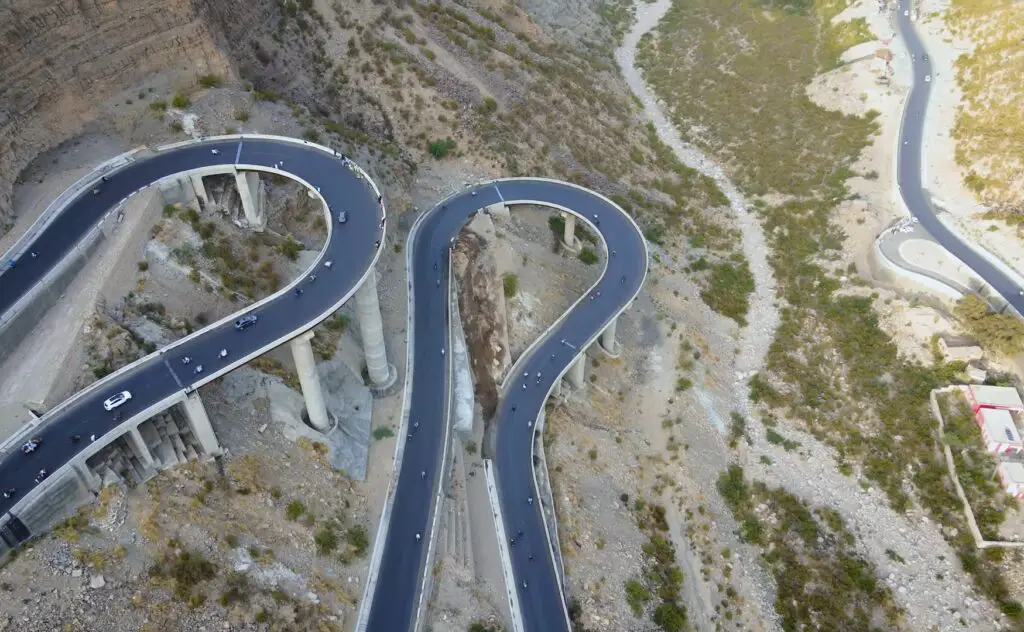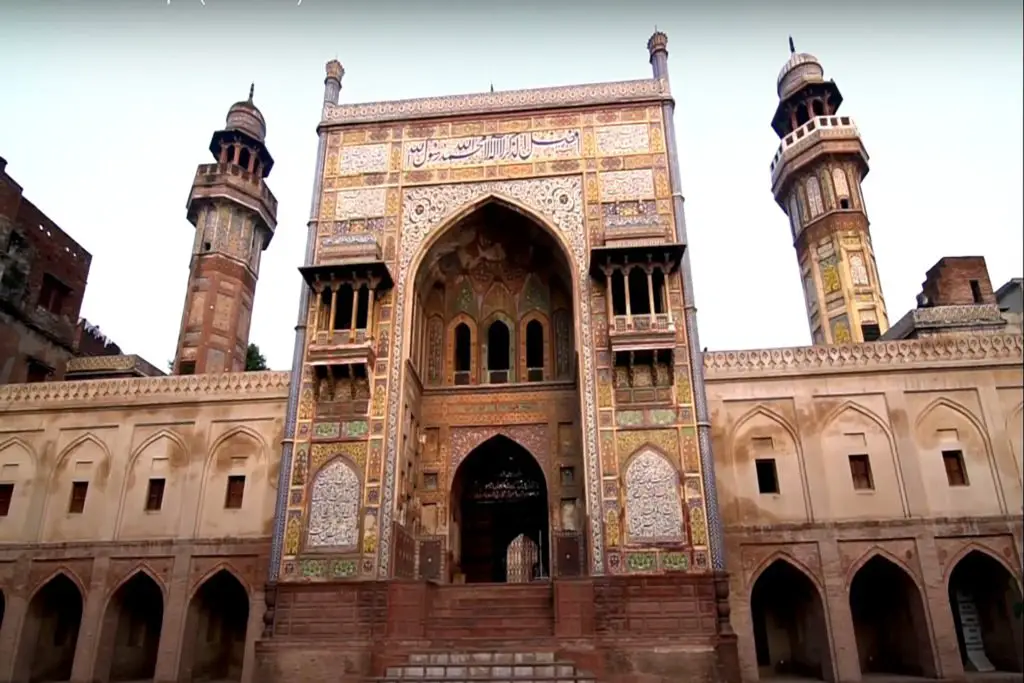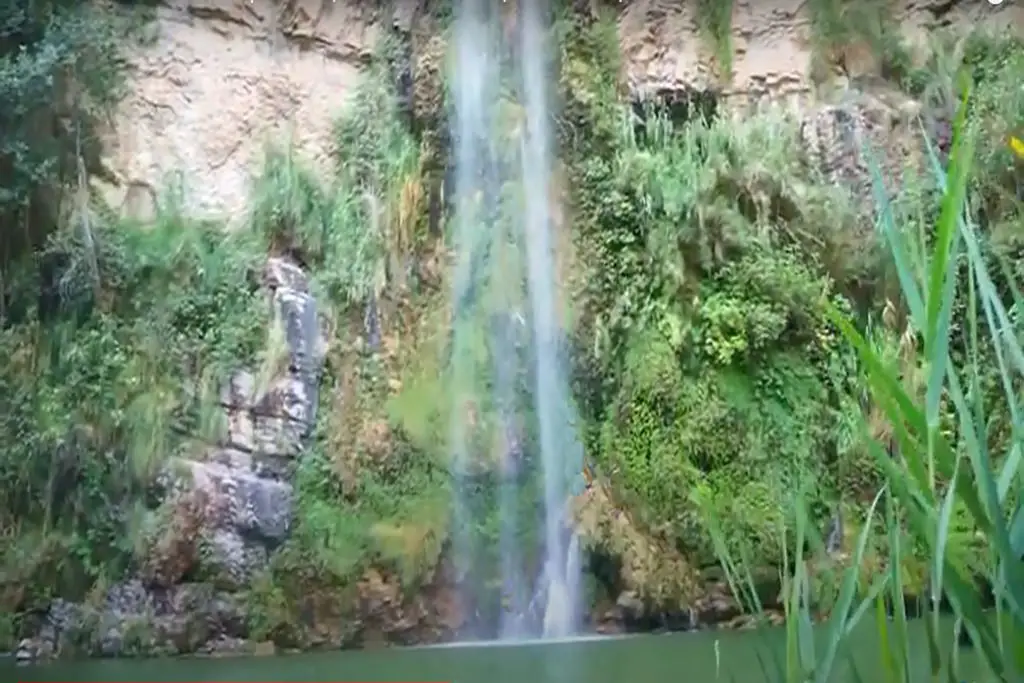Fort Munro is a historical fort located in the Dera Ghazi Khan district of Punjab province, Pakistan. The fort is situated at an altitude of 6,470 feet above sea level and is surrounded by beautiful mountain ranges, making it a popular tourist destination for nature lovers and history enthusiasts alike.
The fort was originally built during the British Raj in the late 19th century as a military outpost to control the Balochistan region. It was strategically located at the junction of three different mountain ranges and was used as a base for several military expeditions in the area.
Fort Munro Height
Fort Munro, formerly known as Muree of South Punjab, Loilaresir and Anari Mool in the Balochi language, is a hill station located at an altitude of 6,470 feet (1,970 m) above sea level in Kot Addu District, Punjab, Pakistan. It was developed by the British in the late 19th century as a summer hill town. Named after the Commissioner of the Multan Division, Colonel (later Major General) Munro.
Fort Munro is a popular tourist destination that attracts visitors from all over Pakistan and beyond. The fort is accessible by road and is located approximately 185 kilometers from the city of Multan. The road leading to the fort is well-maintained and offers stunning views of the surrounding mountains and valleys.
During the hot summer, it attracts many people for short stays. It is about 85 kilometers from the city of Dera Ghazi Khan, Punjab, Pakistan, and about 185 kilometers from Multan in the Sulaiman Mountains. The people of Fort Munro are nomads, mainly of the Leghari tribe.
Fort Munro is 1800 meters above sea level. You can reach it either from Loralai Balochistan or from Multan (Punjab). From Punjab, the mountain range starts near Rakhni, which is the border crossing between Balochistan and Punjab.
LOCATION OF FORT MUNRO
Fort Munro is located 85 km from Dera Ghazi Khan and is directly connected to National Highway 70. To reach Fort Munro hill station, you have to reach Dera Ghazi Khan first. It would take you barely an hour or so to get to Fort Munro by car or one of the available bus services which are very affordable.
Fort Munro Steel Bridge
A state-of-the-art bridge is also under construction on National Highway 70 in this hilly area, the first phase of which has already been opened. Once fully completed and operational, this infrastructure project will provide safer and more convenient road connectivity for regular and freight traffic to one of the most famous hill stations in Pakistan. The structure under construction will also become the second-largest steel bridge in the world.

Fort Munro History
It was earlier known as Loilaresir before the British established the area. The town was founded by Sir Robert Groves Sandeman in the later part of the 19th century and named Fort Munro after Colonel, later Major General, Andrew Aldcorn Munro, who was the Commissioner of Derajat Division and Multan Division. Fort Munro was the headquarters of the Commissioner of Multan in the hot season during the British period.
Sandeman Lodge, the colonial residence of the Political Assistant (PA), Commissioner House, and DCO House were established on the hill to be used as a summer residence. There is also a small Christian cemetery near DCO House.
Resting peacefully at the foothills of the Koh-e-Sulaiman mountain range, Munro Fort, also known as Tuman Leghari, is a hilly paradise covered in lush green vegetation of pine trees and shrubs.
Fort Munro Weather and Geography
Fort Munro is part of the Sulaiman Range. The mountain range is located in central Pakistan, extending south for about 280 miles (450 km) from the Gomal Pass to the North of Jacobabad, separating Khyber Pakhtunkhwa and Punjab from Balochistan.
Its heights gradually diminish towards the south, the summits averaging 6,000-7,000 feet, the highest being the twin peaks (30 miles from the Gumal Pass) called Takht-i Sulaiman, or Solomon’s Throne, a legend associated with the visit of King Solomon in Pakistan; the higher of the peaks, at 18,481 feet (5,633 m), is the site of the Muslim shrine of Ziyarat, visited by many pilgrims each year.
The eastern face of the range descends steeply to the Indus River, but in the west, the range decreases gradually. Juniper and edible pine are abundant in the north and olives in the center, but vegetation is scarce in the south. Ghat, Zao, Chuhar Khel Dhana, and Sakhi Sarwar are the main passes in the north. To the south, west of Dera Ghazi Khan lies the hill station of Fort Munro.
Fort Munro is one of the coldest places in the region which also gets occasional snowfall and is often called ‘Mini Murree’ by the locals. People who cannot travel to the northern regions of Pakistan, head to this hill station in southern Punjab. It is visited by a large number of tourists, mostly in the summer season to escape the heat. Activities such as camping, hiking, and trekking are common among tourists. The city is mostly inhabited by nomads known as “Legharis” who are directly related to the ancient Balochi tribe.
Tourism in Fort Munro
In addition to the fort, there are several other attractions in the Fort Munro area that visitors can explore. These include the beautiful Mubarak Village, the scenic Koh-e-Suleiman range, and the picturesque Kalapani Dam, which is located near the fort and offers stunning views of the surrounding area.
Visitors can also enjoy several outdoor activities in the Fort Munro area, such as trekking, hiking, and camping. The scenic mountain ranges and lush green forests offer plenty of opportunities for outdoor adventure and exploration.
One of the main attractions of Fort Munro is its cool and pleasant climate, which is a welcome respite from the hot and humid weather in other parts of Punjab. The area experiences heavy snowfall during the winter months, making it an ideal destination for winter sports enthusiasts.
It attracts a number of tourists every year, especially those who want to escape the hot plains of southern Punjab to enjoy the mild and pleasant weather for a day or two. The Punjab government released more than Rs 2 billion in July 2015 to provide basic amenities to the hill station in a bid to make it an important tourist destination.
Of the funds, Rs 750 million would be spent on the installation of a chairlift and ropeway between Fort Munro and Khar, Rs 300 million on providing clean drinking water, Rs 300 million on sewage treatment and drainage system, Rs 1.60 billion on the construction of six new roads with carpet and cadet dormitories.
At over 6,000 feet above sea level, Fort Munro is the highest point of the Koh-e-Suleman range and is therefore often considered the ‘jewel’ of southern Punjab. Considering its importance in the world of tourism, the incumbent government is trying to make it a full-fledged tourist spot by adding features like a cable car and chairlift system and also developing new infrastructure projects in the region to provide other basic amenities for people visiting the hill station. The area was also recently cleaned.
In addition, there is a very beautiful natural lake in the area, which is also the source of most of the drinking water consumed in the region. Other popular landmarks in the area include the ruins of an ancient fort, the County Courthouse, the Commissioners’ Residence, and a dilapidated British-era cemetery.
In addition, state-of-the-art landscaping and cut flower initiatives would also boost development in the region and open up new employment opportunities. The Forest Department would afforest 300 acres near the hill station. The Department of Irrigation is also believed to have submitted a proposal regarding the construction of six small dams near Fort Munro.
The development project, which is set to start soon to attract people from the surrounding areas, is the only hill station in south Punjab in the Dera Ghazi Khan district. Fort Munro is a cool summer resort for people living in South Punjab.
In conclusion, Fort Munro is a beautiful and historical fort that offers a unique blend of history, culture, and natural beauty. With its strategic location and stunning surroundings, it is a must-visit destination for anyone traveling to the Dera Ghazi Khan district of Punjab province, Pakistan.







